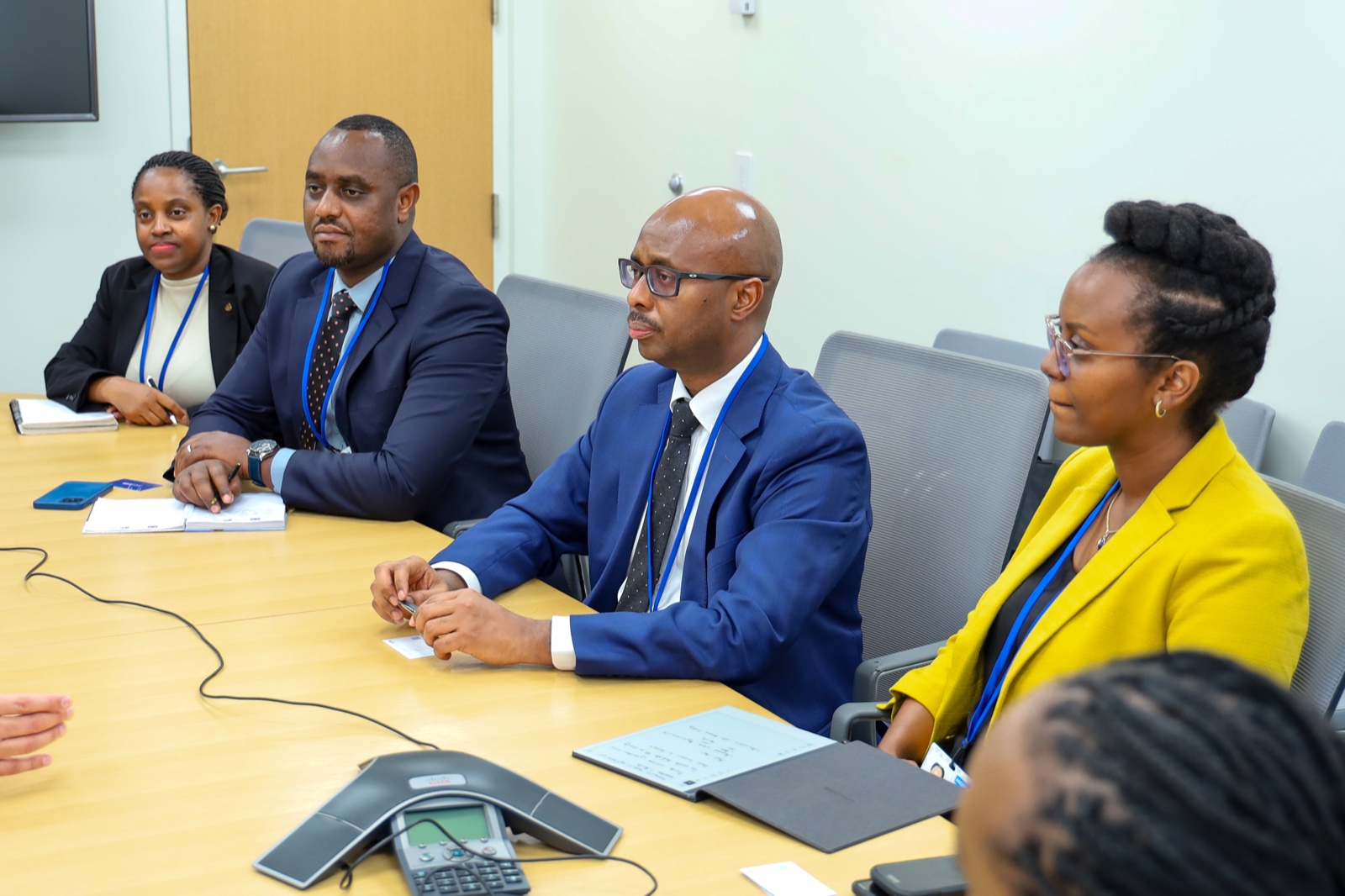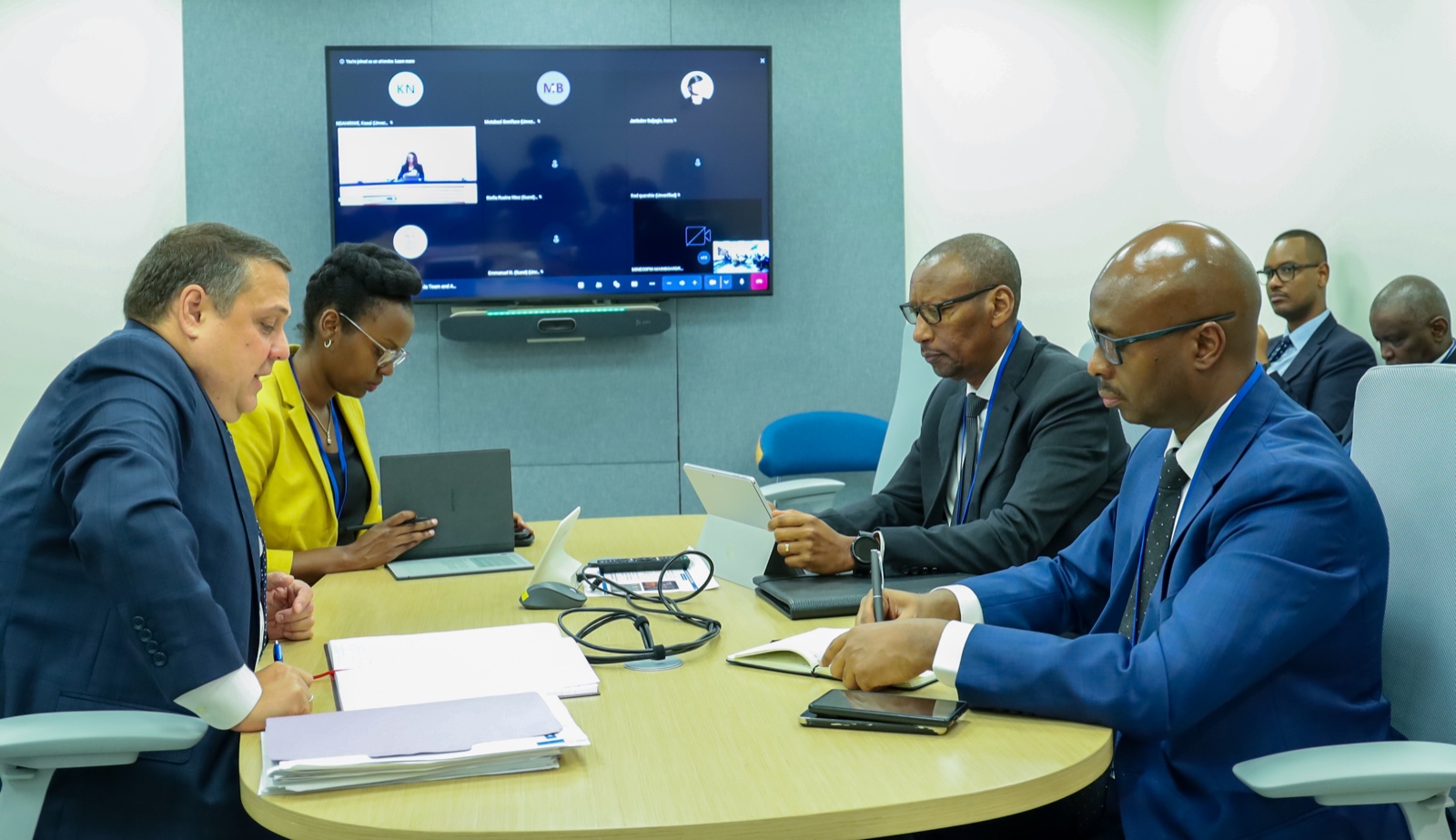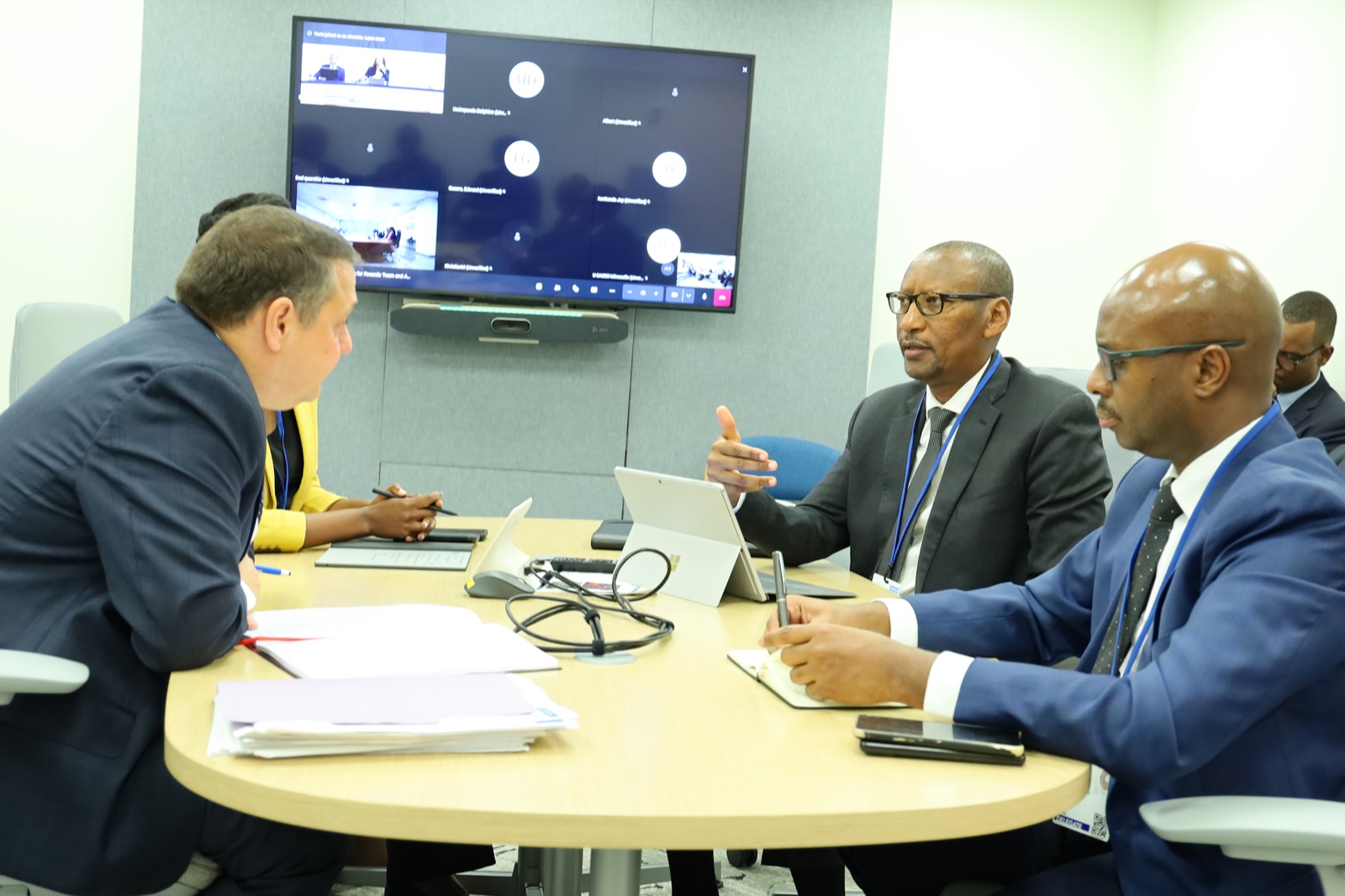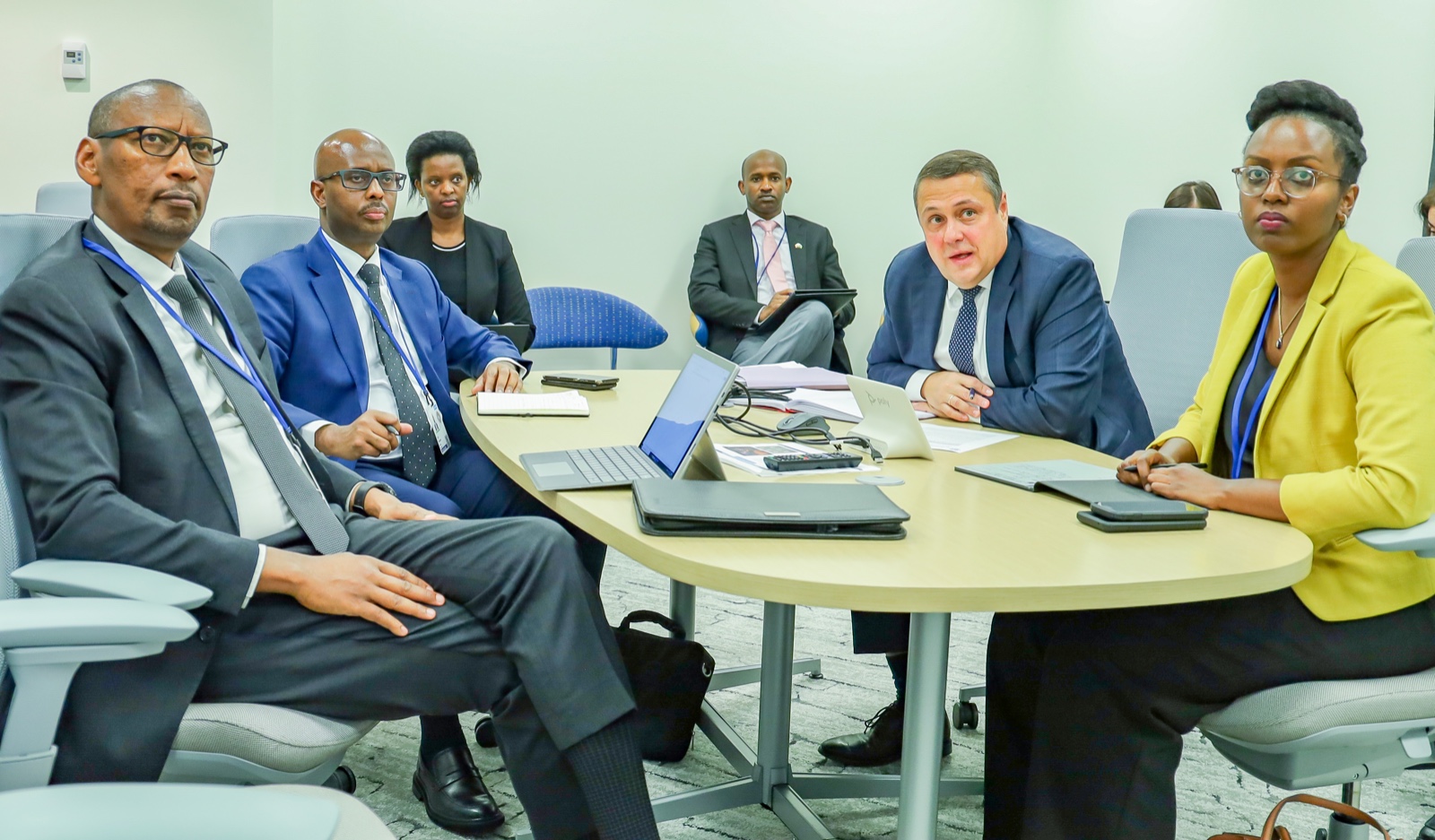 There are fewer signifiers of the interconnectedness of global economies, than the regular International Monetary Fund (IMF) missions, to evaluate the world’s economies. Their verdict on Rwanda’s performance, presented this week, was almost always expected to be predictably reassuring.
There are fewer signifiers of the interconnectedness of global economies, than the regular International Monetary Fund (IMF) missions, to evaluate the world’s economies. Their verdict on Rwanda’s performance, presented this week, was almost always expected to be predictably reassuring.
From a deadly pandemic, to man made disasters like wars and global warming, it is an understatement to say that the world’s economies have had to weather severe storms. Although it was buffeted nearly off course, the good ship Rwanda, never lost sight of the north star, and managed to navigate a course out of the tempest.

All of which mean that despite these extreme shocks, the IMF notes that Rwanda’s economy maintained its growth trajectory, with real GDP expected to be at 8.3%, this year. Strong performances in the service and construction sectors, and a better than expected performance in agriculture, accounting for the robust performance.
The central bank’s timely tightening of monetary policy, has brought inflation to within the bank’s target range of between 2 to 8%, expected to remain stable at 5%. The Rwanda Franc has depreciated 6.6% against the dollar, but, according to IMF team leader, Reuben Atoyan, this was a “necessary measure for facilitating essential external adjustments, while international reserves stood at 4.5 months of prospective imports by mid 2024, providing a buffer against external shocks.”
The mission was the fourth review to evaluate Rwanda’s policy and priorities, especially in relation to the Policy Coordination Instrument (PCI), the Resilience Sustainable Facility (RSF), and Standby Credit Facility (SCF), the latter coming up for the second review.

The PCI facilitates close dialogue between the IMF and its member states, which can reassure other financing sources, about a country’s commitment to necessary reforms. The RSF provides affordable long-term financing to countries that undertake reforms, helping to reduce risks to balance of payment stability, while the SCF, does exactly what it says on the tin: provide financial assistance to low income countries (LICs), to meet short term balance of payment needs. It is one of the facilities under the Poverty Reduction and Growth Trust (RPGT).
The IMF team noted that the “recurrent shocks in recent years have complicated the government’s goal of rebuilding policy buffers…” This, they said, slowed financial consolidation, leading to an increase in the public debt-to-GDP ration.
This however, does not divert the government from its long-term commitment to prudent finances.
Given the shocks, “the government reiterated to the IMF team, its commitment to a prudent strategy focused on concessional financing, while advancing a medium-term revenue strategy and associated compensatory measures…” In short, the government is committed to return finances to where they were, before the pressures from the external shocks, adversely affected financial consolidation.

Rwanda has earned a reputation as one of the leaders in environmentally sustained development, and this is reflected in its commitment to climate related financial reforms, a point Atoyan emphasized, stressing that “the government’s strong commitment to implementing climate-related reforms under the RSF arrangement, with measures for climate budget tagging, improving the climate resilience of public investments, adopting sustainability disclosure stands, and developing a green taxonomy on track for completion in the coming weeks.”
It is clearly as a mark of confidence in Rwanda’s creditable performance, under trying circumstances globally, that the country will receive $95.9 million under the RSF, and $89 million under the SCF, following the completion of the review, by the IMF Executive Board, in mid-December.

